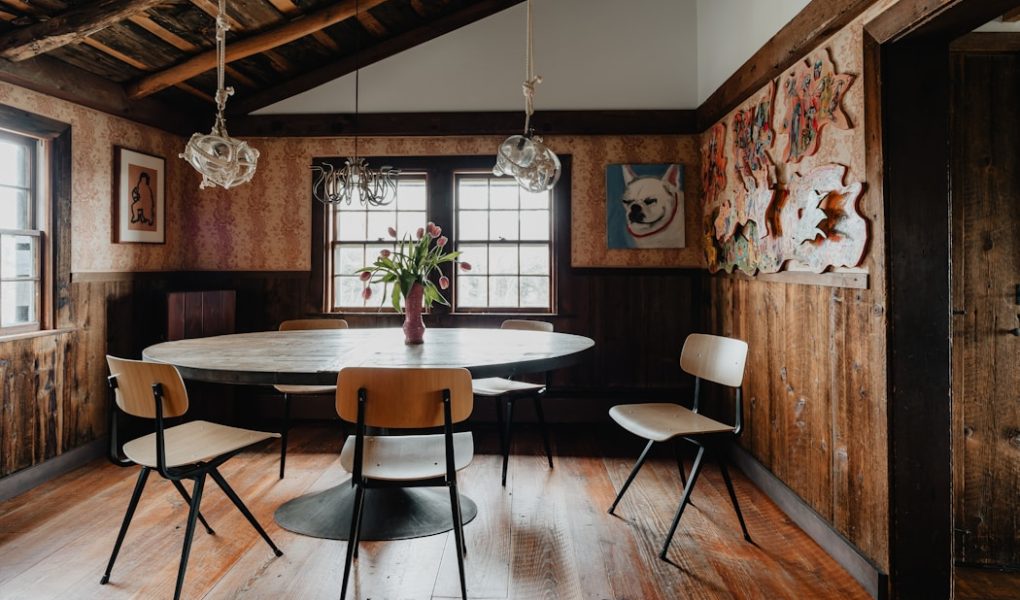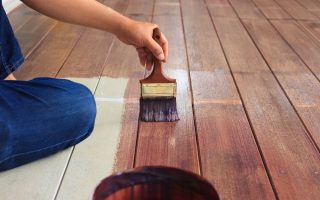Transitioning between different flooring types in your home can be a bit tricky, but it doesn’t have to be. With the right approach, you can create a seamless and beautiful flow from one room to another. This guide will help you understand how to make these transitions smoothly and effectively.
Why Flooring Transitions Matter
Flooring transitions are important for both practical and aesthetic reasons. They help to define spaces, provide safety, and enhance the overall look of your home. According to a study by the American Society of Interior Designers (ASID), the way you transition between flooring types can significantly impact the interior design aesthetics of your home.
Consider the Function of Each Space
When deciding how to transition between flooring types, think about the function of each space. For example, a kitchen might require a more durable material than a bedroom. David Williams, an architect from Williams & Associates, suggests using tile in the kitchen and carpet in the bedroom. This not only makes sense functionally but also helps to create a visual distinction between the two areas.
Choosing the Right Materials
Selecting the right materials is crucial for a smooth transition. Sarah Jones, an interior designer from Jones Design Studio, emphasizes the importance of creating a seamless visual flow through careful material selection, color matching, and the use of contrasting trim details. For instance, if you have hardwood in your living room and tile in your kitchen, you might choose a transition strip that complements both materials.
The Role of Transition Strips
Transition strips are essential for a smooth and aesthetically pleasing transition between flooring types. Mark Thompson, a flooring specialist from Thompson Flooring, advises considering the thickness and color of the strip to ensure it blends seamlessly with the surrounding materials. These strips not only cover the gap between different flooring types but also provide a safe and smooth surface to walk on.
Proper Installation is Key
Don’t underestimate the importance of proper installation. Lisa Rodriguez, a home improvement expert from Home Improvement Tips, points out that a professional installer can ensure the transition is level, secure, and aesthetically pleasing. Poor installation can lead to uneven surfaces, which can be both unsightly and unsafe.
Types of Flooring Transitions
There are several types of flooring transitions you can use, depending on the materials and the look you want to achieve. Here are a few common options:
1. T-Molding
T-molding is a popular choice for transitioning between two hard surfaces of the same height, such as hardwood to tile. It creates a smooth and level transition.
2. Reducer Strips
Reducer strips are used when transitioning between two surfaces of different heights. They create a gradual slope, making the transition safe and visually appealing.
3. Thresholds
Thresholds are often used in doorways and can be made from various materials, including wood, metal, or stone. They provide a clean and defined transition between rooms.
4. Carpet to Tile Transition
When transitioning from carpet to tile, a transition strip with a metal edge can be used to secure the carpet and create a smooth edge against the tile.
Personal Anecdotes
When we renovated our home, we faced the challenge of transitioning from hardwood in the living room to tile in the kitchen. We chose a T-molding strip that matched the color of both floors. It not only looked great but also made the transition feel seamless. My kids love running around the house, and the smooth transition strip ensures they don’t trip over any uneven edges.
Enhancing Property Value
According to a study by the National Association of Realtors (NAR), the way you transition between different flooring types can impact your home’s resale value. A well-executed transition can enhance the overall look of your home, making it more appealing to potential buyers. On the other hand, a poorly done transition can detract from the home’s value.
Tips for a Successful Flooring Transition
Here are some tips to help you achieve a successful flooring transition:
1. Plan Ahead
Before you start, plan the transition carefully. Consider the materials, colors, and the function of each space. This will help you make informed decisions and avoid any surprises later on.
2. Use Quality Materials
Invest in quality materials for your transition strips. This will ensure durability and a better overall look.
3. Hire a Professional
If you’re not confident in your DIY skills, hire a professional installer. They have the expertise to ensure the transition is done correctly and looks great.
4. Pay Attention to Details
Small details, such as the color and thickness of the transition strip, can make a big difference. Take the time to choose the right details to achieve a seamless look.
Conclusion
Transitioning between different flooring types doesn’t have to be a daunting task. By considering the function of each space, choosing the right materials, and paying attention to details, you can create a seamless and beautiful flow in your home. Remember, proper installation is key, so don’t hesitate to hire a professional if needed. With these tips, you’ll be well on your way to achieving a smooth and aesthetically pleasing flooring transition.
References
- Sarah Jones, Interior Designer, Jones Design Studio
- David Williams, Architect, Williams & Associates
- Mark Thompson, Flooring Specialist, Thompson Flooring
- Lisa Rodriguez, Home Improvement Expert, Home Improvement Tips
- “The Impact of Flooring Transitions on Interior Design Aesthetics” by the American Society of Interior Designers (ASID)
- “A Comparative Analysis of Flooring Transition Methods and their Impact on Residential Property Values” by the National Association of Realtors (NAR)
By following these guidelines, you can ensure that your flooring transitions are not only functional but also enhance the overall look and feel of your home. Happy renovating!




